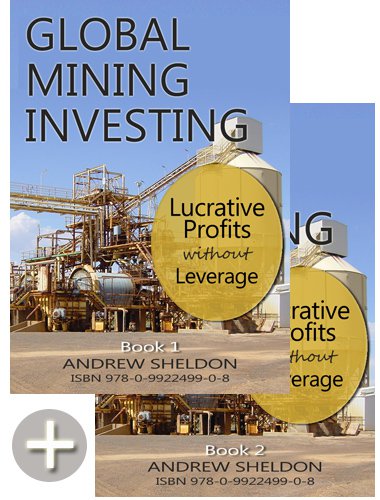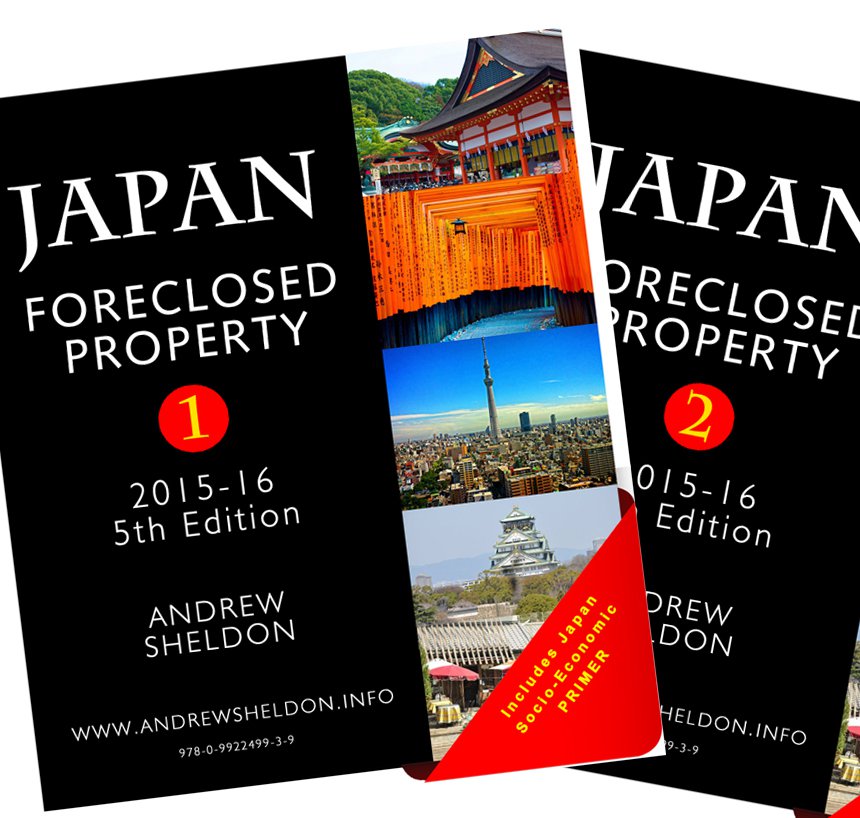1. Identifying similar relationships in related variables
2. Identifying patterns over a longer period of time
3. Establishing a hypothesis that describes the events you describe
4. Testing your hypothesis in a different context.
The focus of this topic is the price of gold in terms of $US, oil and the Dow Jones Industrial Average. The benefit of these materials is that they have been traded for a long period of time, so offer a good historical data base. Gold and oil prices are internationally-traded commodities with a high value so we dont need to be concerned by local disparities because of cultural bias or disparities in transportation costs.
Looking at the oil price, we can see that in the last 20 years prices have varied between $10 to $78 per barrel. Thats a fair spread. This is in nominal dollars. If we adjusted for inflation we can expect this spread to be around half. Looking at the chart below, we can see that the oil price reached a peak of $78/barrel in Mar'06, and has just retraced from a 2nd peak in the last 2 weeks. The implication of this is that we are facing 2 outcomes:
1. The oil boom has ended - the chart pattern suggesting a 'double top'. We should be looking to reduce exposure to oil until we get confirmation at the $55/barrel level.
2. The oil boom is continuing - the chart pattern suggests an 'ascending wedge', in which case the oil price could fall back to $55/barrel and find support before recovering.
Clearly we dont need to know anymore until we get to that level since oil prices are going their under either scenario. This is supported by the current tightening in interest rates and possible recession outlook. So when $55/bbl is reached, we should be looking for a new direction. Of course its possible that oil prices could still go higher, in which case we should see oil prices holding the $70/bbl support.

The gold price is at an historically high level in nominal terms but consider that copper prices have rallied from $0.80/lb to $3.50/lb (450%), but gold has only risen from $290 to $720/oz (350%). Considering this and the fact that gold prices are much lower in real terms, perhaps there is more upside to gold. For a number of reasons I think we are looking at a 'super-cycle', where the expansions have been lengthened by market liberalisation and technological innovation. When you consider that Vietnam (75mil), Bangladesh (150mil), Indonesia (230mil) have yet to really open up their economies, there is still alot of cheap labour offering ever-lower unit labour costs. Thus I maintain that there is still alot of market potential, both for opening up new consumer, savings and debt markets. At the end of the day, that's of significance to gold because it results in greater consumption, which erodes the stockpiles retained by central banks. Can we expect gold to break $700/oz again, or are we looking at a fall back to the $500/oz support?

The following chart is an interesting way to look at gold and oil prices. By looking at the price of oil in terms of gold we are stripping out inflation and productivity issues which impact on both. Oil and gold prices have historically had a close relationship. Yet oil is an industrial material, whilst gold has a quasi-monetary value besides. I would suggest that gold follows the industrial supply-demand paradigm in the good times, but functions as a monetary unit when paper (fiat) money is in question, where the threat is inflation. Of course credit expansion can be unwound by cost of living inflation or asset deflation (debt liquidation).


Reading from the chart we can see (in blue) that the gold-oil ratio trades within a certain band. Lookng at the next chart we can see that the gold-oil ratio has changed over time, so there is a cyclical element to the trade, and as it stands we are at the start of a new downtrend in the ratio, which augers for much higher prices in future.
It would be interesting to tie these departures from trend to specific times or events.
Yet another ratio we can look at is the Dow-Gold Ratio. This ratio is simply the Dow Jones Industrial Average (DJIA) divided by the gold price in nominal terms. The DJIA represents just 26 stocks on the NYSE, however they embody some of the largest companies in the world, so it is still seen as a good proxy for the US market. The rationale for using it is that it has been measured since 1897.
The chart suggests that the value of equities is growing at a much faster rate than the price of gold, and that there is a linear relationship between these variables. I think the rationale for this relationship is the growing use of credit or more importantly the greater leverage offered by financial institutions. The implication is that a certain amount of that money floods into equities, pushing up prices (equity indices) to an unsustainable level, and then they fall off. As we can see, when the Dow reaches a peak (as it did in Sept'00), gold prices are bottoming.
Investing in precious metals
Interested in gold bullion - see the London Bullion Market Association listings of gold & silver bullion dealers whom buy and sell gold. Website:
www.lbma.org.uk/good_delivery_gold.html. Better still, consider buying stocks in gold or silver producers. See my various equity market blogs.














![[Most Recent Quotes from www.kitco.com]](http://www.kitconet.com/charts/metals/gold/t24_au_en_usoz_2.gif)
![[Most Recent Quotes from www.kitco.com]](http://www.kitconet.com/charts/metals/silver/t24_ag_en_usoz_2.gif)
![[Most Recent Quotes from www.kitco.com]](http://www.kitconet.com/charts/metals/platinum/t24_pt_en_uskg_2.gif)
![[Most Recent Quotes from www.kitco.com]](http://www.kitconet.com/charts/metals/palladium/t24_pd_en_usoz_2.gif)
No comments:
Post a Comment